Description
Binh Tay Market (also known as Cho Lon Moi) built in 1928 by Quach Dam, a Chinese native of Chaozhou.The market, which opened in 1930, is now one of the largest in Ho Chi Minh City.
Binh Tay Market, together with Ben Thanh Market and Kim Bien Market, is one of Ho Chi Minh City’s most well-known markets. One of the South’s busiest wholesale marketplaces. This location is a popular tourist attraction for both local and international visitors. This is a well-known wholesale market in Ho Chi Minh City. This is a destination to visit and buy with historical and cultural values that have been passed down through generations of Saigon residents. This Ho Chi Minh City market has a lengthy history and antique architecture. Although neither lavish or majestic, it does make you wistful because of nostalgia. This will be an excellent stop for you to explore and learn about local life.
It is situated between four routes: Thap Muoi, Le Tan Ke, Phan Van Khoe, and Tran Binh. Because this market is located in District 5, some people still refer to it as Binh Tay Market. After more than 80 years of development and establishment. Today, the market continues its status as a major wholesale wholesale market for the city and District 5, District 6. There are nearly no things that are not available at this market. If you’re using the bus, the following routes are available: 01, 07, 10, 25, 39, and 101. If you are traveling by car, you can leave it at the market entrance area. Binh Tay wholesale market is a popular tourist attraction in Saigon. Almost everyone who has lived in Saigon for a long period is familiar with this location.
The market today contains approximately 2,300 company stalls with a wide range of items over an area of up to 17,000m2. Market things are quite rich and diversified in kind, and they are affordable to those with typical salaries. Furthermore, wholesale and wholesale are two of Binh Tay Market’s strengths. Housewares, food, fashion, general department, jewelry, gold and silver are among the primary goods.
Architecture of Binh Tay Market
The market was constructed using current French methods but fashioned in an Asian manner. From above, the market is stunning, with mossy red yin and yang tiles and nostalgic yellow walls. Binh Tay Market in District 5 has a distinctive feature: a big and breezy courtyard in the midst of the market. The altar and statue of Mr. Quach Dam, who was essential in the market’s construction, are located in the market’s yard. A lotus pond with fish, a unicorn statue, a dragon pouring water, and a few stone seats for guests to rest their feet can be found throughout the market. The market’s main entrance is located on Thap Muoi Street and is fashioned in the shape of a tower, comparable to the style of Vietnamese temples. The market tower has four faces, each with a huge clock, similar to Ben Thanh market. The front of the tower has a blue ceramic relief painting, mosaic “two dragons chau Chau,” and the top of the tower is adorned with embossed dragons on the roof corner.
History of Binh Tay Market
Binh Tay wholesale market located in the Cho Lon region, hence it is also informally known as Cho Lon. This is one of Saigon’s oldest marketplaces, with a history of over a century. In the past, there was a New Market area in Saigon where merchants exchanged commodities. However, after some time in operation, the Moi Market became too small. Therefore, the wealthy Chinese businessman Quach Dam used his own funds to construct Cholon Moi (Binh Tay Market today).
The construction of Binh Tay Market began in 1928 and was finished and placed into service in 1930. In 1992, Binh Tay wholesale market renovated and rebuilt because of indicators of degradation (the restoration method still restored the original architecture) (the restoration process still restored the original architecture). In 2006, the market grew by two more blocks on Tran Binh and Le Tan Ke streets.
Gallery / Photos
Working Hours
- Monday 5:00 AM - 7:30 PM
- Tuesday 5:00 AM - 7:30 PM
- Wednesday 5:00 AM - 7:30 PM
- Thursday 5:00 AM - 7:30 PM
- Friday 5:00 AM - 7:30 PM
- Saturday 5:00 AM - 7:30 PM
- Sunday 5:00 AM - 7:30 PM

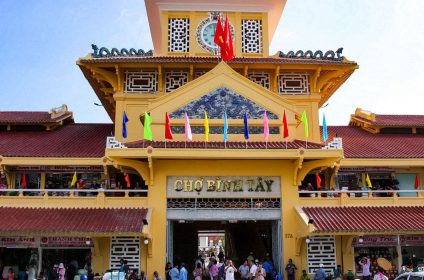
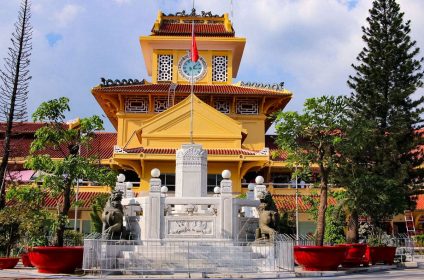
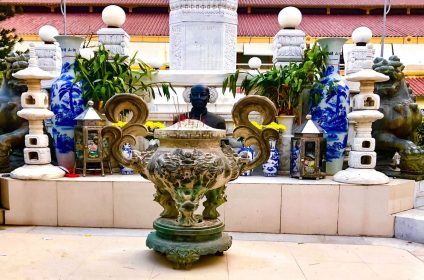

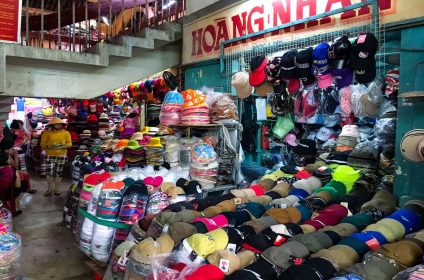
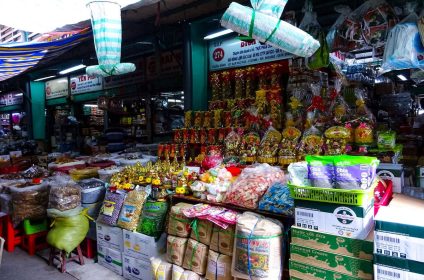
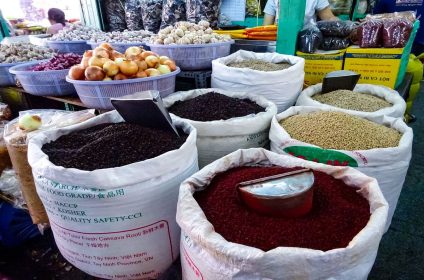
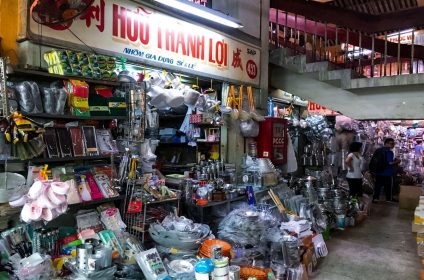
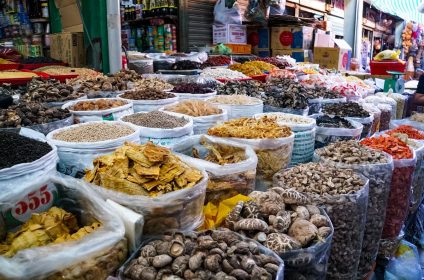
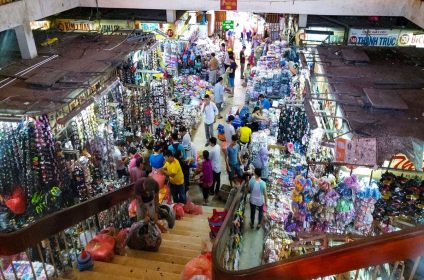
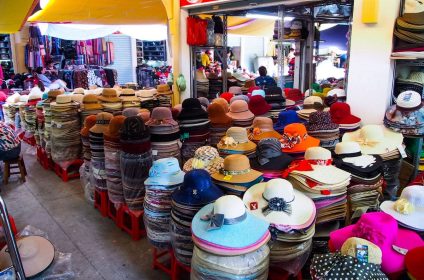
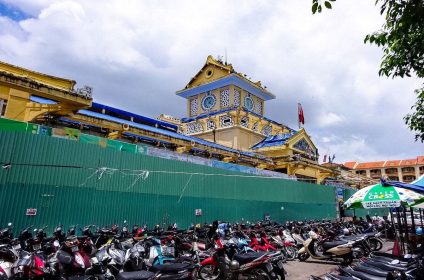

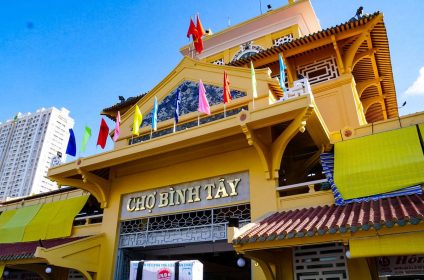
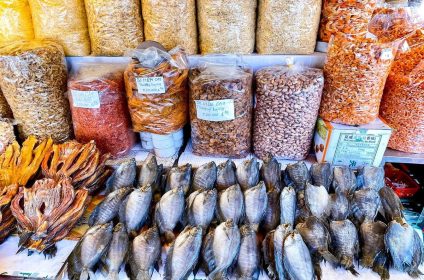
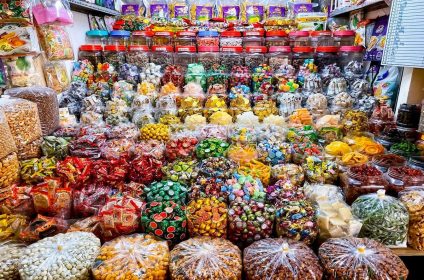
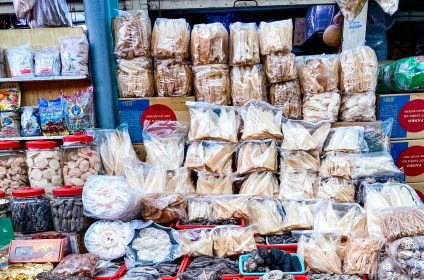
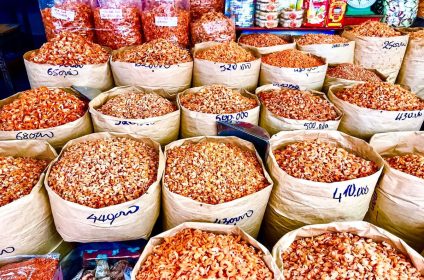
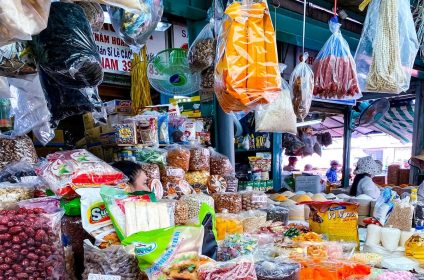
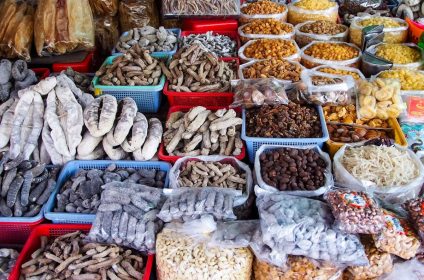
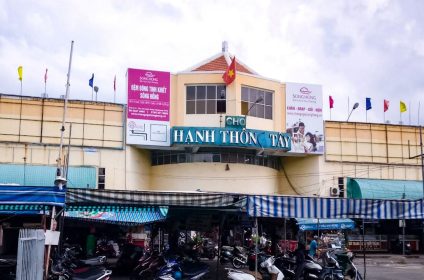
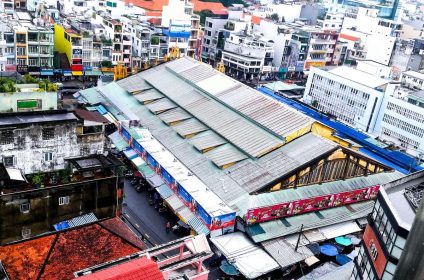
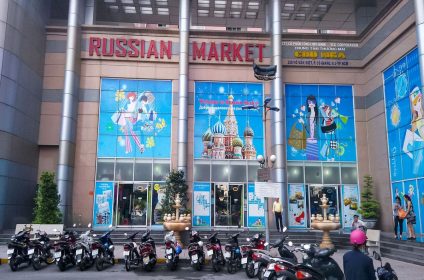
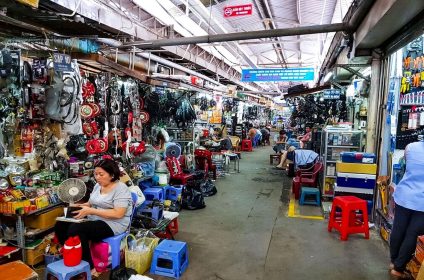











Add Review